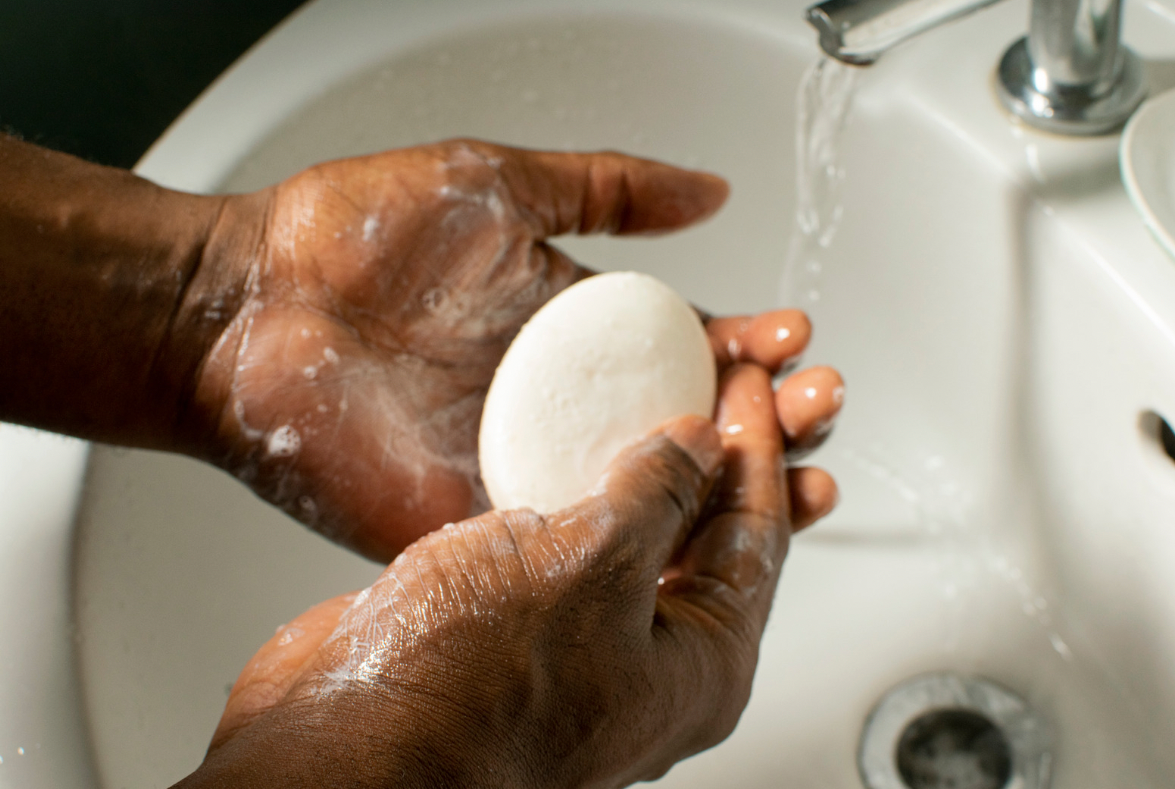Gearing Up for Back to School: Preparing Your Child for a Successful Year
Gearing Up for Back to School: Preparing Your Child for a Successful Year
As the summer sun begins to set on the carefree days of vacation, the excitement and anticipation of a new school year start to build. For kids, this transition can be both thrilling and a bit daunting. After months of relaxed schedules, outdoor play, and perhaps a few too many late nights, getting back into the rhythm of school requires preparation, both practical and emotional. As parents, helping your child gear up for the new school year involves more than just purchasing supplies; it’s about setting them up for success in every aspect of their academic and social lives.
Whether your child is returning to a familiar classroom or stepping into a new school for the first time, this comprehensive guide will help you navigate the back-to-school season with confidence and ease.
1. Emotional Preparation: Easing the Transition
The shift from summer to school can be emotionally challenging for children. It’s essential to acknowledge their feelings and help them navigate this transition smoothly.
- Open Conversations: Start by talking to your child about the upcoming school year. Ask them what they’re excited about and if there are any concerns or fears they might have. Whether it’s the worry of meeting new classmates, tackling harder subjects, or simply missing the freedom of summer, validating their emotions can make them feel understood and supported.
- Revisit Routines: Begin discussing the return of school routines a couple of weeks before the first day. Explain how mornings, homework time, and bedtimes will look different from the summer schedule. Gradually introducing elements of the school routine, such as earlier bedtimes or morning wake-up calls, can help ease the transition.
- Rekindle Friendships: If your child hasn’t seen school friends over the summer, arrange playdates or virtual meetups. Reconnecting with classmates before school starts can reduce anxiety and build excitement about returning to a familiar social environment.
- Visit the School: If your child is entering a new school or transitioning to a different grade level, visiting the school ahead of time can be incredibly beneficial. Walking through the hallways, finding their classroom, and locating important areas like the cafeteria or gym can help reduce first-day jitters.
2. Practical Preparation: Shopping for Supplies and Organizing
One of the most tangible aspects of back-to-school preparation is gathering the necessary supplies. This task can be both fun and overwhelming, but with a little planning, it can be an opportunity to get your child excited about the new school year.
- Supply Lists and Shopping: Most schools provide a supply list tailored to each grade level. Review this list with your child and make a plan for shopping. Letting them pick out some of their supplies, like a backpack or notebooks with their favorite designs, can make the experience more enjoyable. Remember to check for any specific items required by the school, such as certain types of binders or calculators.
- Label Everything: Labeling supplies is essential, especially for younger children. Items like lunchboxes, water bottles, and even jackets are notorious for getting lost in the shuffle. Personalized labels or simply writing their name in permanent marker can save you from the headache of missing items.
- Organize at Home: Create a designated space at home for school-related items. A spot by the door for backpacks, shoes, and jackets can streamline morning routines. Setting up a homework station with all the necessary supplies in a quiet part of the house can also help create a productive environment for after-school work.
- Clothing and Uniforms: If your child wears a uniform, check their current wardrobe to see what still fits and what needs to be replaced. For those without uniforms, now is a good time to go through their clothes to ensure they have comfortable, weather-appropriate options for school. Consider involving your child in selecting new clothes to help them feel more confident and ready for the year ahead.
3. Health and Well-Being: Setting the Stage for Success
A healthy child is a happy and successful student. Ensuring your child’s physical and emotional well-being is a crucial part of back-to-school preparation.
- Sleep Schedule: Adequate sleep is vital for children’s cognitive function, mood, and overall well-being. Start transitioning your child’s sleep schedule a couple of weeks before school starts. Gradually move bedtime earlier and wake them up closer to the time they’ll need to get up for school. Aim for consistent sleep patterns even on weekends to maintain their body’s internal clock.
- Healthy Eating Habits: Summer often brings relaxed eating habits, with more treats and less structured meal times. As school approaches, shift back to balanced meals and regular eating schedules. Involve your child in planning and preparing healthy lunches and snacks, making them more likely to enjoy their meals.
- Physical Activity: Encourage regular physical activity to help burn off energy and reduce stress. Whether it’s playing a sport, riding a bike, or just running around the yard, keeping active can improve focus and mood, making the school day more manageable.
- Mental Health Check-In: The start of a new school year can bring about stress and anxiety, even for children who generally enjoy school. Keep an eye on your child’s mental health and be available to talk about any concerns they may have. Simple relaxation techniques like deep breathing or mindfulness exercises can help them cope with stress.
4. Academic Readiness: Getting Back into the Learning Mindset
As the school year approaches, it’s essential to help your child transition from the laid-back mindset of summer to a more focused academic mindset.
- Review and Refresh: Depending on your child’s age, summer learning loss can be a concern. Take some time to review material from the previous year, especially in key subjects like math and reading. This doesn’t have to be formal or stressful—simple activities like reading together, playing educational games, or practicing math facts can help jog their memory.
- Set Goals: Sit down with your child and set some goals for the upcoming school year. These can be academic goals, like improving in a particular subject, or personal goals, such as making new friends or participating in an extracurricular activity. Setting goals can give your child a sense of purpose and direction as they start the new year.
- Establish a Study Routine: Discuss how homework and study time will be handled during the school year. Having a set time each day for homework can help prevent last-minute stress and ensure that schoolwork is completed on time. Encourage your child to take breaks during study sessions to stay refreshed and focused.
- Foster a Love of Learning: Remind your child that school is not just about grades but about learning and growing. Encourage curiosity, ask them about their favorite subjects, and show interest in what they’re learning. A positive attitude towards education can make a big difference in their overall school experience.
5. First-Day Preparations: Making It a Success
The first day of school sets the tone for the entire year, so making it a positive experience is crucial.
- Plan the Night Before: Reduce first-day stress by preparing as much as possible the night before. Lay out clothes, pack lunches, and make sure backpacks are ready to go. Having everything organized will allow for a smoother morning.
- A Special Breakfast: Start the first day off with a nutritious and special breakfast. Whether it’s pancakes, eggs, or a favorite cereal, having a hearty meal can help boost your child’s energy and mood as they head to school.
- Leave a Little Extra Time: On the first day, it’s a good idea to leave a little earlier than usual to account for any unexpected delays. Arriving at school early can also give your child a chance to settle in and meet up with friends before the day begins.
- Positive Send-Off: Give your child a positive and encouraging send-off as they head to school. A hug, a high-five, or a few words of encouragement can make a big difference in their confidence and outlook for the day.
6. Staying Involved Throughout the Year
Preparing for the first day of school is just the beginning. Staying involved in your child’s education throughout the year is key to their success.
- Communicate with Teachers: Establishing good communication with your child’s teachers early in the year is important. Attend parent-teacher conferences, stay informed about your child’s progress, and don’t hesitate to reach out if you have concerns or questions.
- Encourage Extracurricular Activities: Extracurricular activities, whether sports, arts, or clubs, can provide a great outlet for your child’s energy and interests. Encourage them to explore different activities to find what they enjoy.
- Monitor Academic Progress: Keep an eye on your child’s academic progress and provide support where needed. Whether it’s helping with homework, finding a tutor, or simply encouraging good study habits, your involvement can make a big difference.
- Celebrate Achievements: Celebrate your child’s successes, both big and small, throughout the school year. Positive reinforcement can boost their confidence and motivate them to keep striving for their goals.
A Successful Start to the School Year
Gearing up for back to school is an exciting and sometimes challenging time for both children and parents. By taking the time to prepare emotionally, practically, and academically, you can help your child start the school year on the right foot. Remember that every child is different, and what works for one may not work for another. Stay flexible, be patient, and most importantly, offer your child the support and encouragement they need to thrive. Here’s to a successful and fulfilling school year ahead!
While the information provided in this blog is intended to be informative and helpful, it's important to consult with a qualified professional for personalized advice. If you have any concerns or questions about your health or specific medical conditions, don't hesitate to reach out to your physician or another trusted healthcare provider. Your health is important, and seeking professional guidance ensures you receive the best care tailored to your individual needs.














